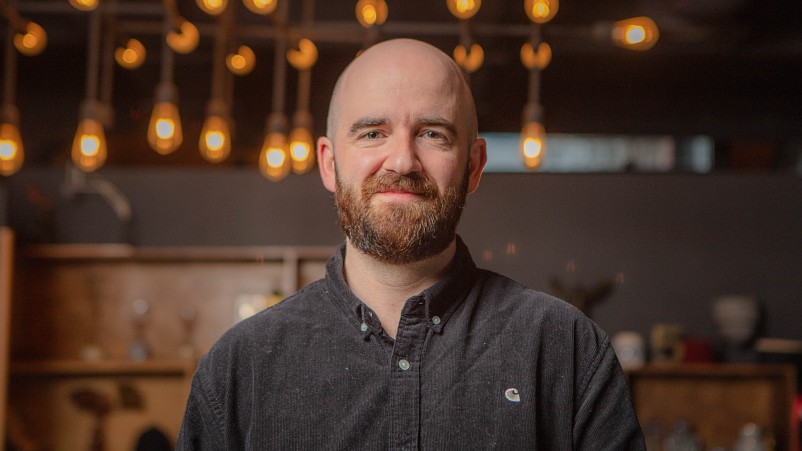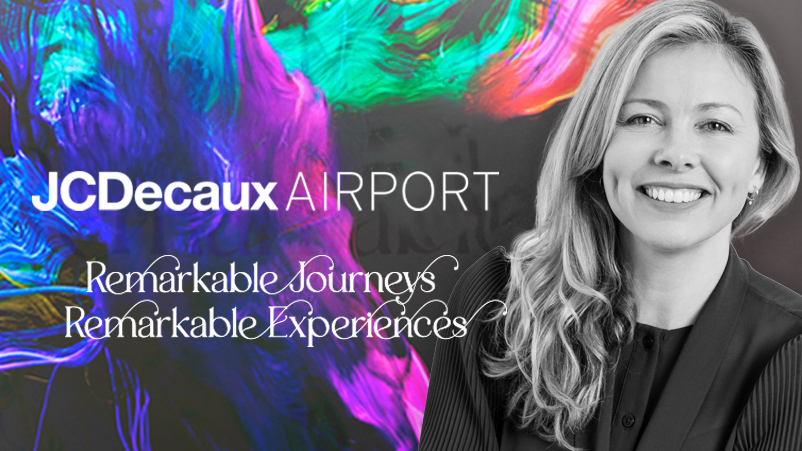Prioritise or die: Damon Rees on how putting CX at the heart of Service NSW remodelled digital service delivery – a transformational tale for agencies, consulting firms hunting contracts

Damon Rees, ex-CEO, Service NSW, now Managing Principal & CEO at Better As Usual.
Damon Rees had 36 hours notice to build a border permit system for NSW. 37 hours later, he says, 100,000 permits had been issued. The former Service NSW CEO unpacks how an agile culture that put customer experience at the heart of the operating model helped the state government to roll out and iterate new programs at breakneck speed. For the army of agencies and consulting firms now piling into CX and digital transformation, the former Woolworths CIO and Macquarie digital supremo offers some fundamental lessons: CEOs must own customer experience culture; prioritise or die and understand exactly the skill sets required to deliver.
What you need to know:
- Putting customer experience at the heart of how you work is easy to say and to do… up to a point.
- Problems start when short term priorities take over, or risks have to be taken.
- The CEO needs to be the custodian of the customer experience culture.
- Top down approaches create a fake sense of control.
- Prioritisation can be very, very complex, and in a genuine crisis it's a day-by-day proposition.
- Agility to iterate allows decisions from the customer edge to feed into ongoing development.
- For agencies looking to build out a CX practice, the customer's organisational culture is more important than your company's technical capabilities.
The problem with the top down approach is that it creates a fake sense of control, that almost certainly will not translate to the best outcome for the customer.
Wake-up call
It was just after 9 am on a Monday morning, recalls Damon Rees. That’s when the call came through telling him that the border between NSW and Victoria would close in 36 hours. These were the early bad maximum days of Covid 19 and Rees was then the CEO of Services NSW, a position he held from 2017 until last month.
By the time Rees left the role as the chief of the organisation it was regarded around the country as a leader in delivering world class customer experiences. The fact that this was a government organisation, with all the constraints that entails, make the achievements even more remarkable.
He has spoken publicly about his plans to take that experience and build a professional services business called Better As Usual.
The launch team includes Tim Batten, the former CIO of Metlife Australia and two former Lendlease executives, Michelle Zamora who was Global Head, Marketing, Communications & Corporate Affairs, Lendlease Digital, and Monica Kiraly who was General Manager, Origination, Lendlease Podium Services.
Rees is a former NSW government CIO, a Woolworths acting CIO and a one-time chief digital officer for Macquarie Bank.
Their new venture has been quietly bubbling away for the last few months with a formal launch likely late March.
Rees spoke with Mi3 about what he learned during his tenure about customer experience (CX) and the systems required to underpin it. In both of the last two years NSW scored the highest rating for State Government IT service delivery in the country. Service NSW's work was core to that recognition.
Border lands
The border permit example incorporates many of the issues Rees discussed – the need for agility, for CEO ownership, and finally for the need to iterate services based on actual customer experiences instead of top down mandates.
At the time the call came in, Covid was starting to ravage regional communities in Victoria. “Vaccination rates were very, very low at the time, and there was a fear that this was going to just race straight through NSW," said Rees. "We were told ‘We're going to close the border in 36 hours. We need a border permit system.’ ”
The immediate problem: “We didn't have a border permit system at the time. We didn't know what a border permit system was.”
Indeed, Australia’s foundation document – the Constitution – is largely silent on the rights of its citizens to speak and assemble freely, or to petition the Government for a redress of grievances. Yet it’s chock to the brim with rules to ensure merchants on either side of an imaginary line can flog each other goods and services, and to guarantee there’s not a damn thing state legislators can do to stop them. At least at the border.
What that meant for Rees and Service NSW was that there was no blueprint to hand. If one ever existed, it was written on parchment and buried away in a wooden box sometime after the last pandemic – a hundred years ago.
Track record
The job fell to Service NSW because it had already demonstrated the capability to move at a pace during a series of fire and flood emergencies in late 2019 and early 2020.
‘So literally in 36 hours, we went from, ‘What is a border permit system?’ to, designing it, building and implementing it.”
Just 37 hours later the state had already issued 100,000 border permits. “I just think that's remarkable for any organisation.”
But the real magic was what came next.
“The best part of the story, from an agility standpoint, was not the fact that we got the border permit system in place in 36 hours. It was that we tweaked and tuned and changed that border permit system every single day for the next three months.”
No one gets out of bed wanting to make the customer’s life miserable, but the idea of putting a customer’s experience of a brand at the heart of how it operates is often more honoured in the breach than the observance, he suggests.
There's an important lesson in here for all those marketing, media and advertising agencies now morphing into CX providers in pursuit of all those delicious consulting contracts. Your technical expertise as a provider is much less important than the organisational culture of the customer.
NSW was only able to develop great CX at scale and and speed because of all the cultural and organisational change it drove in the years before that unfortunate shopper picked out a particularly tasty looking Pangolin at the Wuhan markets.
According to Rees there is a lot of talk by businesses about how they put customers at the centre of their processes. But it’s only true up to a point – and that point is usually reached when sales start dropping, or risks have to be taken.
“Our commitment [on CX] was complete and we didn’t waver from that commitment just because a particular aspect of our performance or our operating environment might come under pressure.”
“A commitment to customer-centricity is really easy to say and even kind of kind of easy to do – up until the point there's a trade-off that needs to be made, or a risk that needs to be taken, or an organisational benefit that might be at stake.”
That’s the moment CEOs need to do their most important work, said Rees.
If you're trying to implement a digital transformation as an enterprise, but actually your leaders don't understand the capability or the skill set to you require for every part of that journey, you're not going to get there.
Critical lessons
The importance of a CEO being invested in customer experiences is his key takeout. It is crucial that leaders are willing to absorb short term pain to maintain the trust of customers in the long term.
Another lesson: prioritise or die.
“Prioritisation is one of the most difficult challenges we faced,” he said. According to Rees, there is a natural temptation to drive everything from the top down. “The problem with such an approach is that it creates a fake sense of control that almost certainly will not translate to the best outcome for the customer.”
Instead, decisions for prioritisation were pushed out to the edge, where staff were dealing directly with customer.
The issue was especially acute during Covid's early days, a time when a dizzying array of new programs to support communities were pushed out on very short notice. Prioritisation was an all-the-time-everyday proposition, he said.
“Being a whole of government agency, our demands came from everyone. We didn’t have just one minister or one set of priorities to deliver. We had a lot of ministers with a lot of priorities.”
"It was also complex because of our commitment to customers and while the government will look to specific initiatives, we've also got this responsibility to say, how does does that land as a whole, and how does it effect the entirety of customer experience?"
He said is was important to create capacity for Service NSW's other responsibilities such as keeping customers safe.
"Think about the ever greater risks around cybersecurity, and how do we ensure that the right work there is given priority,” he said.
Last word
After half a decade working with leaders across the 10 departments that make up the NSW Government to inculcate customer experience into the operational DNA, Rees offers a final cautionary note: "If you're trying to implement a digital transformation as an enterprise, but actually your leaders don't understand the capability or the skill set to you require for every part of that journey, you're not going to get there."



